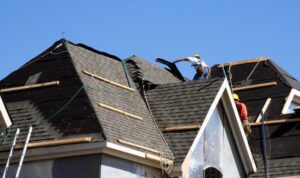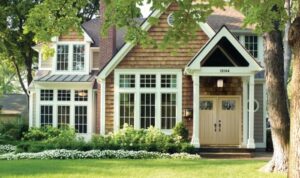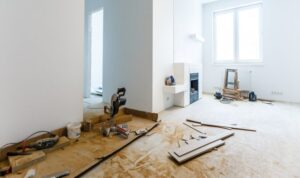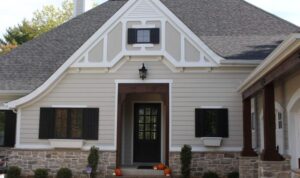Exploring the realm of painting wood siding cost opens up a world of factors, comparisons, and tips that can help you navigate this essential home improvement task. From understanding the key elements that influence costs to weighing the pros and cons of DIY versus professional painting, this discussion will equip you with valuable insights to make informed decisions.
As we delve deeper into the nuances of painting wood siding cost, you'll uncover practical advice on cost breakdowns, strategies for cost reduction, and essential tips for maintaining the beauty and longevity of your paint job.
Factors affecting the cost of painting wood siding
When it comes to painting wood siding, several factors can influence the overall cost of the project. Understanding these factors is essential for budgeting and planning purposes.
Type of Wood
The type of wood used for the siding can significantly impact the cost of painting. Hardwoods like cedar or redwood may require more preparation and coats of paint compared to softer woods like pine. The cost of materials and labor can vary based on the type of wood used.
Condition of the Siding
The condition of the existing siding plays a crucial role in determining the cost of painting. If the siding is in poor condition, with cracks, rot, or mold, additional preparation work such as sanding, priming, and repairs will be needed.
This can increase the overall cost of the project.
Size of the Project
The size of the wood siding project is another significant factor in determining the cost. Larger surfaces will require more paint, materials, and labor, leading to higher overall costs. Additionally, intricate designs or hard-to-reach areas may require more time and effort, increasing the project's expenses.
Preparation Work
Proper preparation work is essential for a successful painting job and can impact the overall cost. Sanding the surface, priming the wood, and repairing any damages are crucial steps that can add to the project's expenses. The quality of preparation work can also affect the longevity and appearance of the paint job, making it a worthwhile investment.
Cost comparison between DIY and professional painting
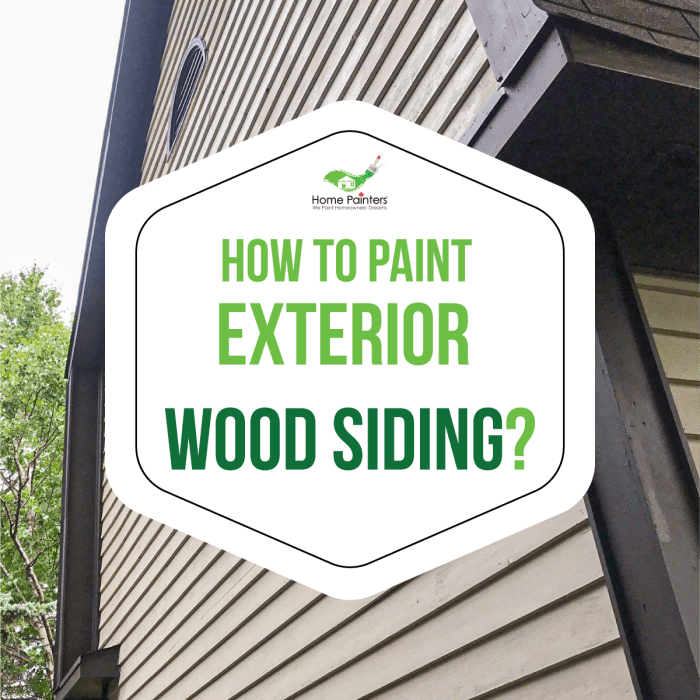
When it comes to painting wood siding, one of the decisions homeowners face is whether to tackle the project themselves or hire a professional. Let's compare the costs involved in DIY painting versus hiring a professional to get the job done.
DIY Painting Costs
If you decide to paint the wood siding yourself, you'll need to consider the expenses associated with purchasing materials, tools, and equipment. This can include paint, primer, brushes, rollers, drop cloths, ladders, and other supplies. Additionally, you may need to invest in safety gear such as goggles and masks.
- Cost of paint and primer
- Cost of brushes, rollers, and other painting supplies
- Cost of safety gear and equipment
It's important to calculate the total cost of all materials and tools needed for the DIY painting project to get an accurate estimate.
Professional Painting Costs
Professional painters calculate costs based on labor, materials, and expertise. The cost of hiring a professional to paint wood siding will typically include the following:
- Labor costs: Professional painters charge for their time and expertise in preparing the surface, applying the paint, and ensuring a high-quality finish.
- Materials costs: Professionals often have access to high-quality paint and supplies at discounted rates, which can help lower overall material costs.
- Expertise costs: Hiring a professional ensures a job well done, with attention to detail and a professional finish that can increase the longevity of the paint job.
While the upfront cost of hiring a professional may be higher than DIY, the quality of work and time saved can often justify the expense.
Average cost breakdown for painting wood siding
When it comes to painting wood siding, the cost breakdown typically includes labor costs, material costs, and additional expenses like primer and sealant. Understanding how these factors contribute to the overall cost can help you budget more effectively for your project.Labor costs for painting wood siding can vary depending on the size of the project, the complexity of the design, and the experience level of the painters
On average, labor costs can range from $1 to $4 per square foot.Material costs for paint can also vary based on the quality of the paint you choose. Higher quality paints tend to be more expensive but can provide better coverage and durability.
On average, you can expect to pay between $0.50 to $2 per square foot for paint.In addition to paint, you may also need to factor in the cost of primer and sealant. Primer helps to create a smooth surface for paint to adhere to, while sealant helps to protect the wood siding from moisture and UV damage.
These additional expenses can range from $0.20 to $0.50 per square foot.Overall, the total cost of painting wood siding can range from $1.70 to $6.50 per square foot, depending on the quality of paint, complexity of the project, and additional expenses like primer and sealant.
Quality of paint and complexity of the project
When it comes to painting wood siding, the quality of paint you choose and the complexity of the project can have a significant impact on the overall cost. Higher quality paints and more intricate designs will generally result in higher costs.
It's important to consider these factors when budgeting for your painting project.
Tips for reducing the cost of painting wood siding
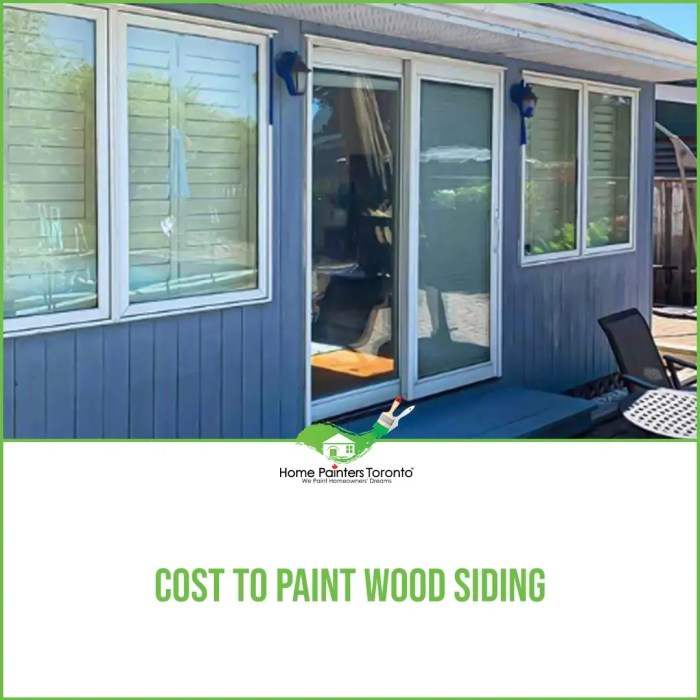
When it comes to painting wood siding, there are several strategies you can implement to reduce costs without compromising on quality. Proper maintenance and regular inspections play a crucial role in avoiding costly repairs down the line. Additionally, selecting cost-effective paint options and maximizing the longevity of the paint job can help you save money in the long run.
Regular Maintenance and Inspections
One of the most effective ways to reduce the cost of painting wood siding is by ensuring proper maintenance and conducting regular inspections. By addressing any issues promptly, such as rot or mold growth, you can prevent more extensive damage that would require costly repairs or replacements.
Choose Quality Paint
While it may be tempting to opt for cheaper paint options, investing in quality paint can actually save you money in the long term. High-quality paint tends to last longer and provide better protection against the elements, reducing the frequency of repainting and touch-ups.
Proper Surface Preparation
Another tip for reducing painting costs is to ensure proper surface preparation before starting the painting process. This includes cleaning the surface, sanding down rough areas, and priming the wood siding to ensure better adhesion and a smoother finish. Skipping these steps can lead to premature paint failure and the need for repainting sooner than anticipated.
DIY vs. Professional Painting
While opting for a professional painting service may initially seem more expensive, it can actually save you money in the long run. Professional painters have the expertise, tools, and experience to ensure a high-quality and long-lasting paint job, reducing the likelihood of costly mistakes or rework.
However, if you choose to paint the wood siding yourself, make sure to follow proper techniques and use high-quality materials to achieve satisfactory results.
Last Recap
In conclusion, painting wood siding cost is not just about the numbers but also about making wise choices that balance quality and affordability. By implementing the tips and insights shared here, you can embark on your painting project with confidence, knowing that you've considered all the crucial factors that contribute to a successful outcome.
Answers to Common Questions
What factors influence the cost of painting wood siding?
The type of wood, condition of the siding, size of the project, and preparation work such as sanding and priming all play a role in determining the overall cost.
How do professional painters calculate costs?
Professional painters usually factor in labor costs, material costs, and their expertise when calculating the total cost of a painting project.
What are some tips for reducing the cost of painting wood siding?
Strategies include proper maintenance, regular inspections to avoid costly repairs, and choosing cost-effective paint options while ensuring longevity of the paint job.

